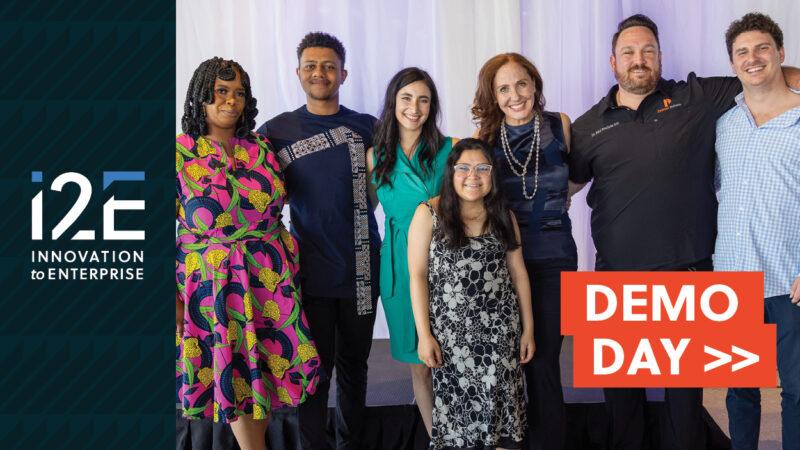Innovation District branding should replace confusing labels for key area east of downtown
By Steve Lackmeyer
Copyright © 2016, The Oklahoma Publishing Company
For more than three decades, Stanton Young was the guiding force in creating a medical hospital and research district east of downtown, protecting it from encroachment by any businesses or development not related to the core mission.
Young’s approach worked, and a cluster of hospitals, bio-tech firms, and the University of Oklahoma’s medical schools have emerged along Lincoln Boulevard between NE 4 and NE 13 that is now home to a workforce totaling more than 17,000. Add thousands of patients and visitors into the mix and we have the equivalent of a major university campus adjoining downtown.
Young died last year, but his legacy lives on. But part of it is now seen as needing to change. Drive through the 300-acre campus and one notices something is missing. Only a few of the 17,000 people are ever seen outside. The streets are lined with surface parking lots and expansive green lawns, not shops and cafes.
A MidFirst Bank branch and drive-through branch was permitted only as part of a larger new home for the Oklahoma Blood Institute. The bank, and drive-thru, are on the less visible rear of the building. The only restaurant visible to passers-by, meanwhile, is a Quizno’s that adjoins a textbook store.
As reported in The Oklahoman, the old mandate of limiting and hiding non-health related commercial activity is coming to an end as the area is rechristened as an “Innovation District.” Part of this rebranding was necessary — many, myself included, never knew for sure whether to call the area the Oklahoma Health Center, the Health Sciences Center or the OU Medical Center.
The neighborhood isn’t just about health. It includes the Oklahoma School of Science and Math, home to some of the state’s smartest high schoolers and an institution in desperate need of community support as the Legislature cuts funding for schools across the state.
Coming up next: The $125 million GE Global Oil and Gas Research Center, which will employ some of the country’s top researchers and attract dignitaries from across the state.
Not everyone is thrilled with the Innovation District branding, however. I’m sticking with it. But I can understand the confusion of those who are trying to keep up with the change.
Consider the branding that takes place downtown. Deep Deuce and Midtown are downtown neighborhoods. Bricktown is a downtown entertainment district. Automobile Alley and Midtown are seen as downtown mixed-use neighborhoods.
We refer to Automobile Alley as Automobile Alley and Bricktown as Bricktown. But the Central Business District, which indeed does exist, is rarely referred to that way. It is known as downtown — the heart of downtown.
The same thinking is at play with the Innovation District, which is intended to incorporate the surrounding Culbertson, John F. Kennedy and Medical neighborhoods as well as Automobile Alley (that last key piece remains to be seen).
Consultants want the various components of the Innovation District to connect as seamlessly as Deep Deuce now fits into Bricktown and Automobile Alley, and how all three connect to what is technically the Central Business District.
All four areas are distinctly parts of downtown, yet the Central Business District is the one part that gets referred to as downtown in either context. It’s not a bad thing for the Central Business District to be known as the center of a much bigger place name.
Likewise, expect the confusion over branding with the Oklahoma Health Center, or the Health Sciences Center, or OU Medical Center to come to an end. Sure, specific institutions and hospitals will still be referred to as the OU Medical Center. But in 10 years, when people say they are going to the cool new tech-hub cafe or event center, or the proudly geek-oriented gadget store, they won’t say they’re going to the Oklahoma Health Center.
It will, in all likelihood, be known as the Innovation District, the ideal location for such cool destinations and ideas. How this is bad for branding of any of those involved escapes me. It’s different. It’s change.
Stanton Young’s model for creating an innovation district is coming to an end. He created the opportunity, and now a new, younger generation is ready to build upon Young’s legacy.








